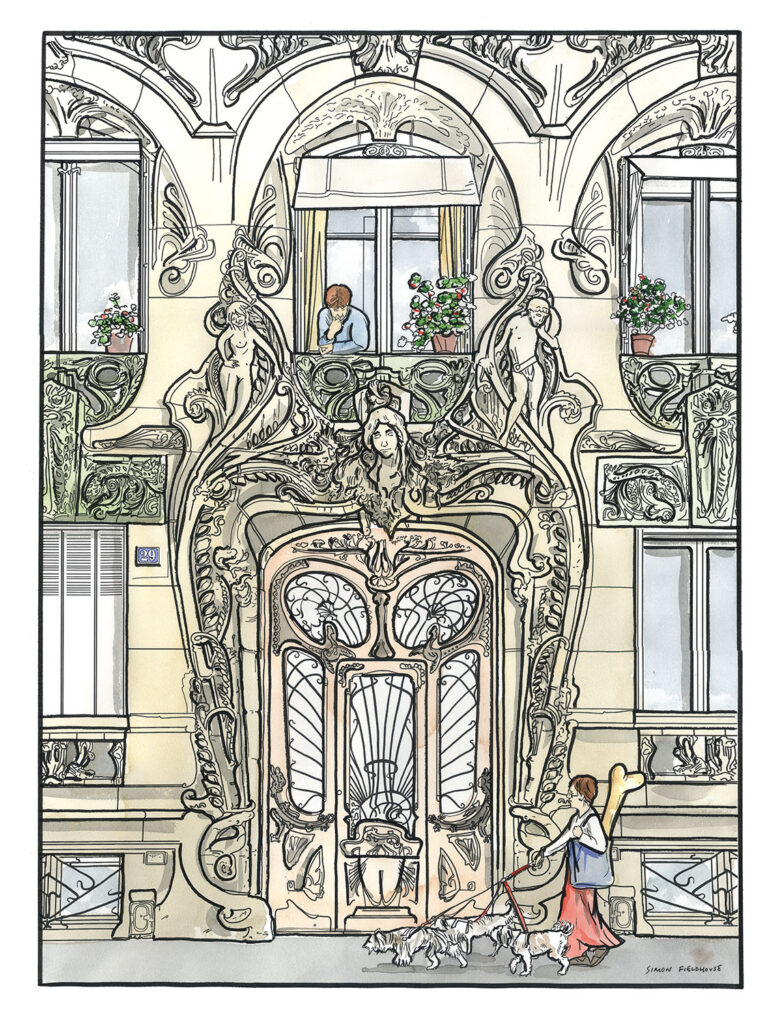
29 Avenue Rapp - Paris
29 Avenue Rapp, located in the heart of Paris, is a splendid architectural masterpiece that stands as a testament to the city's rich history and its commitment to preserving its cultural heritage. This iconic building, designed by the renowned French architect Jules Lavirotte, is an exemplary representation of the Art Nouveau movement, a style that swept across Europe at the turn of the 20th century.
The Art Nouveau movement was characterized by its intricate and ornate designs, featuring sinuous lines, intricate ironwork, and the abundant use of organic motifs. Avenue Rapp, constructed in 1901, perfectly encapsulates the essence of this artistic movement. The façade of the building is a stunning display of ceramic tiles, wrought iron balconies, and a striking asymmetrical design that exudes elegance and innovation.
One of the most striking features of 29 Avenue Rapp is the intricate ceramic work that adorns its exterior. The façade is embellished with colorful tiles that depict various natural elements, including flowers, leaves, and animals. These ornate ceramic decorations are a hallmark of Art Nouveau, reflecting a desire to bring elements of the natural world into the urban environment.
The wrought ironwork that graces the building's balconies and railings is another captivating aspect of its design. The sinuous curves and delicate patterns of the ironwork give a sense of movement and fluidity to the structure. This intricate detailing adds to the overall charm of 29 Avenue Rapp, making it a visual delight for passersby and a remarkable piece of art.
The asymmetrical design of the building is also worth noting. Instead of adhering to the traditional symmetry seen in many architectural styles, Avenue Rapp employs a dynamic and unique approach. This asymmetry not only distinguishes the building but also allows for various viewpoints that reveal different facets of its beauty from every angle.
Over the years, 29 Avenue Rapp has housed various residents and businesses, including a famous French jeweler. Its historical significance and architectural beauty make it a sought-after address in Paris. In fact, the building was designated a historical monument in 1975, underscoring its importance in preserving the artistic and cultural heritage of the city.
In conclusion, 29 Avenue Rapp is an architectural gem in the heart of Paris that showcases the captivating beauty of the Art Nouveau movement. Its ceramic decorations, wrought ironwork, and asymmetrical design combine to create a visual masterpiece that continues to captivate all who pass by. This building serves as a reminder of the rich artistic history of Paris and its dedication to preserving its cultural heritage. 29 Avenue Rapp is not just a building; it is a living testament to the enduring power of art and architecture to inspire and captivate us, even more than a century after its creation.